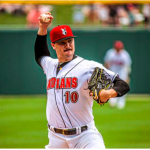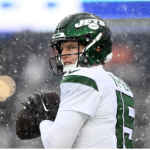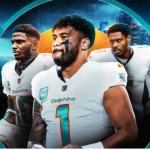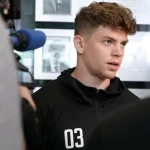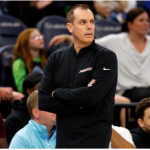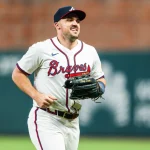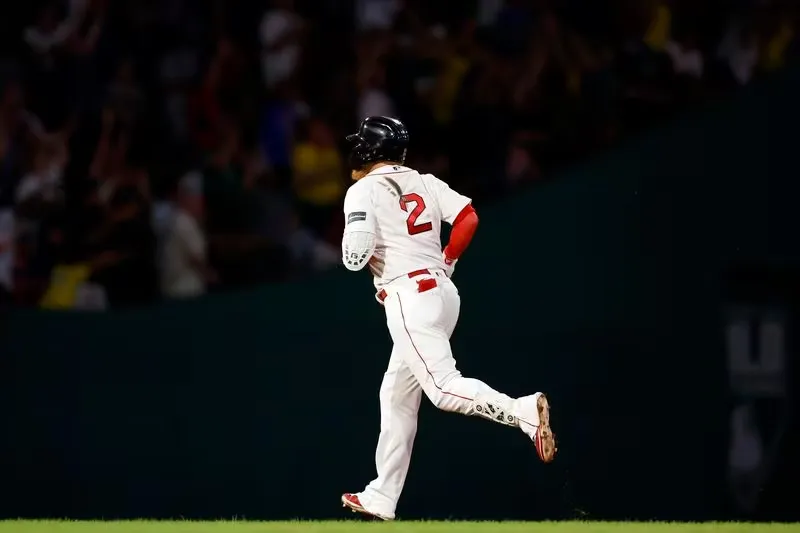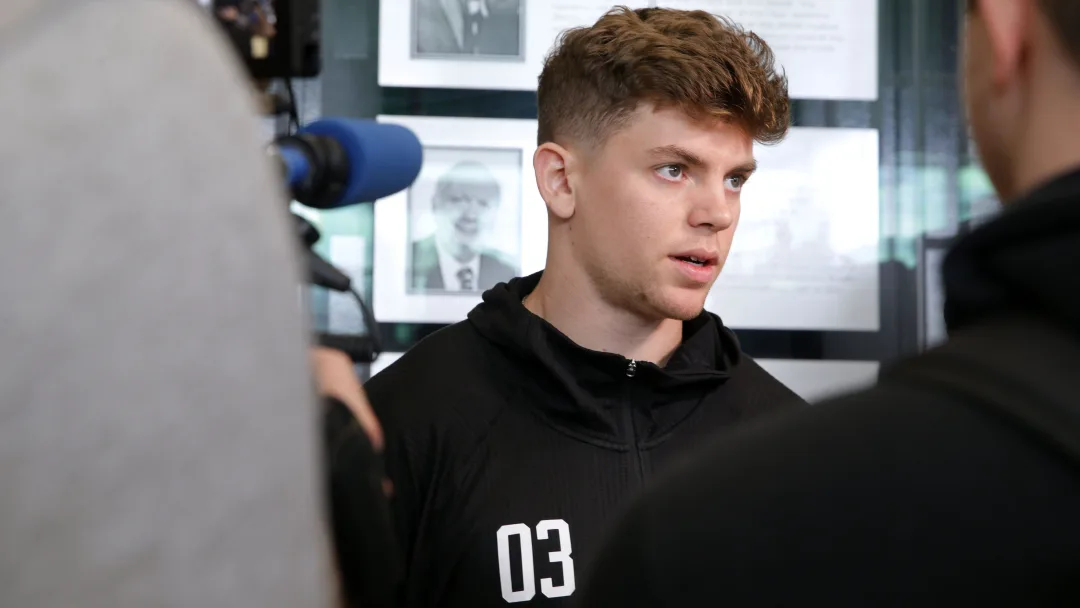Five brief observations in response to the announcement that Justin Turner, as anticipated, is joining the Blue Jays for a $13 million one-year contract after leaving the Red Sox:
1. The greatest Red Sox-related news from the November general managers meetings came from new chief baseball officer Craig Breslow, who claimed the team had been accepting trade calls for Alex Verdugo before trading him a few weeks later. However, Breslow’s open statement at the time on his perception of the designated hitter position was intriguing and unmistakably hinted at Turner’s exit.
Breslow stated on November 8 in Scottsdale, “We would definitely seek to give Alex (Cora) as much freedom as possible, on a high level, knowing that it’s a long season and there will be moments when he’s going to look to pull players off their bats but keep their lineups intact. I don’t believe there is a single, effective method.
“It goes without saying that I played with David Ortiz, who filled the DH position for a long time and did so rather successfully. If not, it makes sense to arrange as many different types of creative options as possible.
At that point, it became very clear that the Red Sox preferred to rotate the DH spot instead of giving those at-bats to one defensively limited player like they did for years by employing Ortiz, then J.D. Martinez, and eventually Turner. And that, despite Turner repeatedly stating that he wanted to come back to Boston — and even extending his lease well into the offseason so he and his wife, Kourtney, could keep exploring the city instead of going home to Los Angeles — all but ruled out a potential reunion.
And what he did on the field can’t be overstated, either. Turner largely carried the Red Sox’ offense for much of the early part of the season, delivering clutch hit after clutch hit. He hit .276 with 23 homers, 96 RBIs and an .800 OPS in 146 games. He set career highs in hits (154) and RBIs (96) while falling one run short (86) of a career high. Among 79 players with at least 150 plate appearances with runners in scoring position, Turner ranked seventh in average (.338, third in AL) and eighth in OPS (.942), third in AL). His 626 plate appearances were tied for the most ever by a Red Sox player in a season at the age of 38 or older.
3. Turner’s departure does leave a massive void in terms of leadership. He came into spring training saying that respect needed to be earned and not given… then earned it almost immediately. By the time Opening Day rolled around, Turner was Boston’s unquestioned leader, addressing big-picture questions about the team and setting the tone in regards to being a professional. Some guys get the “leader” label and wear it without backing it up. But Turner walked the (hobbled) walk.
5. Financially, Turner had a good offseason. By declining his player option with the Red Sox, he secured a $6.7 million buyout, which added to his $13 million guarantee from the Blue Jays, brings his earnings to nearly $20 million in 2024.
